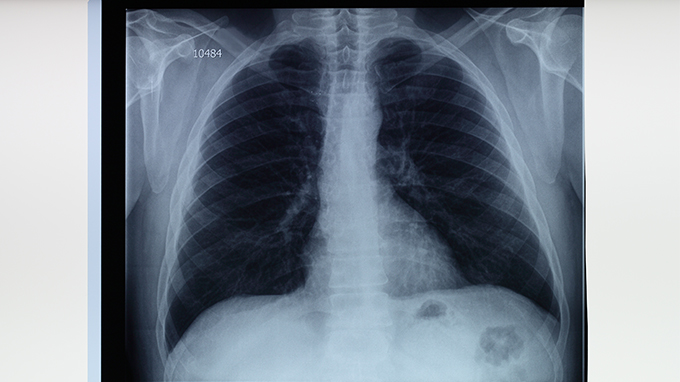The effectiveness of lactic acid bacteria
Physiological function
1. Prevent and control lactose intolerance (symptoms such as bloating and diarrhea when drinking fresh milk) that are common in some races.
2. Promote the absorption of nutrients such as protein, monosaccharides, calcium and magnesium, and produce a large number of beneficial substances such as vitamin B group.
3. Make beneficial changes to the composition of intestinal flora, improve human gastrointestinal function, restore the balance of human intestinal flora, form an antibacterial biological barrier, and maintain human health.
4. Suppress the proliferation of spoilage bacteria, dispel the toxins produced by spoilage bacteria, and remove intestinal garbage.
5. Inhibit cholesterol absorption, lower blood fat and lower blood pressure.
6. Immunomodulation, enhance human immunity and resistance.
7. Antitumor and cancer prevention.
8. Improve SOD enzyme activity, eliminate human free radicals, and have anti-aging, longevity and longevity effects.
9. Effectively prevent bacterial infection of female urogenital system.
10. Control the level of toxins in the human body, protect the liver and enhance the detoxification and detoxification functions of the liver. A few are heterogeneous fermentations, such as Leuconostocmesenteroides is an important strain of dextran (ie, plasma) in the pharmaceutical industry, but it is also a harmful bacteria in the sugar industry, which often makes the juice thick and sticky. Unable to process. Lactobacillus family, bacterial rod-shaped, single or chain, sometimes filamentous, producing false branches. According to the different products after using glucose, it is divided into homogeneous fermentation group and heterogeneous fermentation group. Most kinds of fermentable lactose do not use lactic acid, and the pH can be reduced to below 6.0 after fermentation.
Lactobacillus is the most important species in this family, and most of them are common strains in industry, especially in the food industry. Exist in dairy products, fermented plant foods such as kimchi, sauerkraut, silage, and human intestines, especially the intestinal tract of infants. Industrial production of lactic acid commonly used high-temperature fermentation bacteria. For example, L. delbrueckii (L. delbrueckii), the optimal growth temperature is 45 ℃, this bacteria is widely used in lactic acid manufacturing and calcium lactate manufacturing industry.
Lactobacillus species
Lactobacillus can be roughly divided into two categories. One is lactic acid bacteria of animal origin, and the other is lactic acid bacteria of plant origin. Because animal sources are obtained from animals, because the strains are often in a relatively unstable state, their biological efficacy is also unstable, and when eaten in large amounts, it is easy to cause human animal protein allergies, that is, rejection. The plant-derived lactic acid bacteria, because they are taken from plants, are easily recognized by the human body, no matter how much the intake is, the human body will not produce allogeneic protein rejection, and the plant-derived lactic acid bacteria are more active than the animal source, which can be 8 times more than the animal source. Reach the colonization in the human small intestine, so as to exert its powerful and stable biological effect.
In fact, ordinary lactic acid bacteria are extremely weak. They can only survive in relatively restricted environments. Once they are out of these environments, they themselves will be destroyed. Only lactic acid bacteria treated by special processes can reach the intestine. Lactic acid bacteria that enter the intestine must have a large number and strong vitality in order to exert their biological effects. How to develop high concentration and strong lactic acid bacteria has become the dream pursued by microbiologists today.
Related Articles

- What are the symptoms of Crohn's disease?
- 2020-12-17

- child
- The night shift on this day, I almost "collapse", explaining again and again, repeating it over and over again, as if rewinding the tape. Emergency services at night are rarely so b
- 2020-08-02

- Pneumonia prevention, attention to detail
- Speaking of the prevention of childhood diseases, parents may first think of respiratory infectious diseases such as flu, hand, foot and mouth disease, mumps, etc., and I will not talk abou
- 2020-08-02

- Older children, don’t get pneumonia easily
- Recently, our respiratory group has received a lot of "bronchial pneumonia" children, a considerable part of them are not real pneumonia, because they have experienced many wheezing
- 2020-08-01

- Infectious diseases of children common in spring
- Spring is a period of frequent confluence of cold and warm air. Due to the poor resistance of children, it is very easy to get sick in cold and hot weather. Parents learn to understand thes
- 2020-08-01

- Recommendations for clinical treatment of severe cases of enterovirus 71 (EV71) infection
- Hand-foot-mouth disease is an acute infectious disease caused by enterovirus. Severe cases are mostly caused by enterovirus 71 type (E V 7 1) It is caused by infections and occurs mostly i
- 2020-08-01
